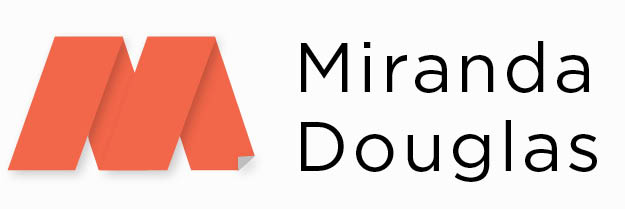1. Know How About Your Business
It's really important to brief your designer thoroughly on your business and where you see it in the market place. No one knows your business better than you and no one knows how to design for your business better than your designer so a great open communication and respect for each other's skill sets will really make the process easier.
2. Perception of Others
Be aware that how you see your business, products and services may differ from how it's perceived in the marketplace. This is where design can really lift your profile and turn around any negative impressions that may have been made in the past.
3. Look for Similar Organizations
Have a look at what your competitors are doing and how they market themselves. Share your thoughts with your designer so they get a good idea of what your aesthetic is, BUT please be prepared to listen to their advice as well - after all design is their field of expertise.
4. Highlight Future Ideas
Think about where your business will be in 5 - 10 years. You want your image to be suitable for your company as it grows and expands and to have a strong visual identity that can build a presence in the marketplace. You don't have to totally abandon the past but sometimes a radical change can be just what the doctor ordered.
5. Show creativity
Remember the old days when every bank used blue and serif fonts in it's logos? Those days are over! People are exposed to so much more visually than every before and have developed quite discerning and critical eyes as far as design is concerned. Clip art is a definite no no people!

